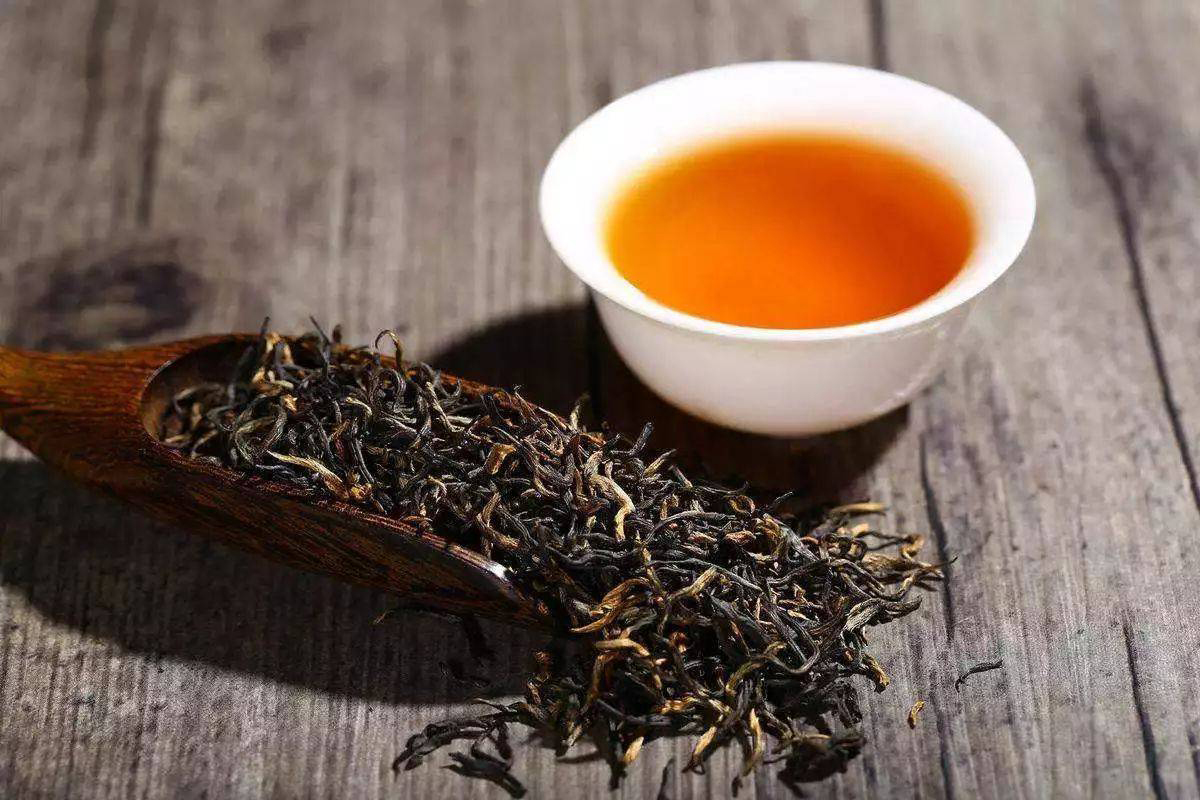White tea, also known as "Bai Cha" in Chinese, is a type of tea that is minimally processed and made from the leaves and buds of the Camellia sinensis plant. Known for its delicate flavor and numerous health benefits, white tea has gained popularity worldwide. In this article, we will explore the characteristics and benefits of white tea, as well as its growing popularity in English-speaking countries.
What is White Tea?
White tea is made from the youngest leaves and buds of the tea plant, which are picked before they fully open. They are then steamed or dried to prevent oxidation. The minimal processing preserves the natural antioxidants and nutrients found in the tea leaves, resulting in a light and refreshing flavor.
Health Benefits of White Tea
White tea is rich in antioxidants, such as catechins and polyphenols, which help protect the body against free radicals and reduce the risk of chronic diseases. Research has shown that white tea may have potential benefits for heart health, skin health, and weight management.
White Tea in English-speaking Countries
In recent years, white tea has gained popularity in English-speaking countries due to its unique flavor and health benefits. Many tea enthusiasts appreciate its subtle aroma and taste that is milder compared to other types of tea. The growing interest in health-conscious lifestyles has also contributed to the increased consumption of white tea.
In the United States, white tea has become more readily available in specialty tea shops and online retailers. It is often marketed as a premium tea with a higher price tag than other varieties. In the United Kingdom, white tea is commonly consumed as part of afternoon tea traditions, offering a lighter and more delicate alternative to black tea.
How to Enjoy White Tea
To fully appreciate the flavor and benefits of white tea, it is essential to steep it properly. Here are some tips:
- Use fresh, filtered water brought to a temperature of around 175°F/80°C.
- Steep the tea for about 2-4 minutes to release its delicate flavors.
- Consider sipping white tea without any additives to experience its natural taste.
- Pair white tea with light and subtle snacks or desserts to complement its flavor.
Whether you're a tea connoisseur or new to the world of tea, exploring white tea in the English-speaking world offers a delightful and health-enhancing experience. Its unique flavor and potential health benefits make it a wonderful choice for those seeking a lighter and more nuanced tea option.
Thank you for reading this article on white tea in English. We hope it has provided you with valuable insights into this beloved tea variety, and that you now have a better understanding of why white tea has gained popularity in English-speaking countries.

